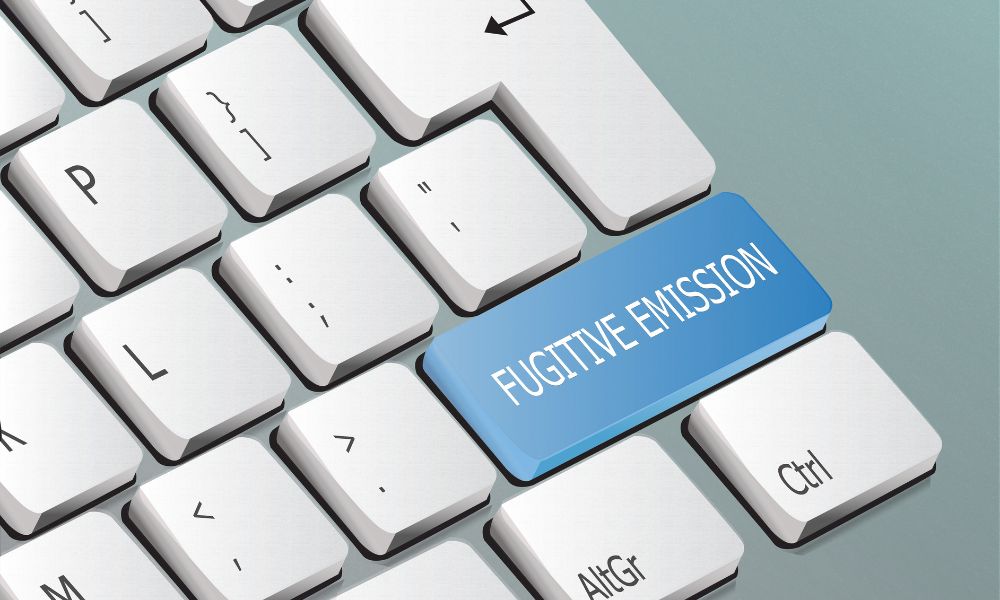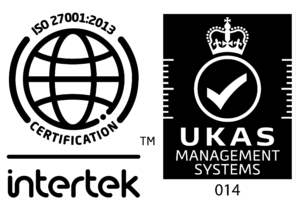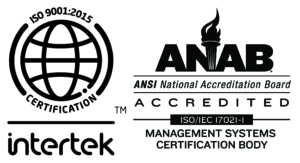
Energy executives must understand the application of LDAR in monitoring fugitive emissions to ensure a safe and sustainable refinery. In truth, there are actually multiple ways that LDAR equipment and methods help reduce gas leaks in facilities. Read on to learn the different LDAR techniques for monitoring unwanted emissions.
Optical Gas Imaging (OGI)
Optical gas imaging is by far the most accurate and widely used application of modern LDAR monitoring processes. OGI systems consist of infrared cameras that make volatile organic compounds (VOCs) visible to the human eye, allowing technicians a clear view of potential, typically invisible gas leaks.
OGI technology is non-destructive and incredibly sensitive, allowing for convenient and flexible integration into any refinery. Notably, this LDAR application is useful for identifying hazards in inaccessible or otherwise hard-to-reach areas, eliminating the need for equipment shutdowns or facility inactivity. Most important to your LDAR program, however, is the fast repair times afforded by OGI technology!
Method 21
Method 21 is a set of protocols created by the Environmental Protection Agency and is a common element of refinery LDAR programs. In essence, Method 21 acts as a “sniffing” technique—with the help of a handheld flame ionization detector (FID)—to detect various organic materials in the air. FIDs are calibrated to sense methane and related hydrocarbons found in fugitive emissions and visually alert technicians when concentrated levels exceed the thresholds dictated by Method 21.
Thankfully, FID instruments are quite user-friendly and require minimal training, ensuring faster monitoring processes throughout your facility overall. Additionally, the portable nature of Method 21 monitoring is supremely applicable to any existing LDAR program. The one downside of this LDAR application is the potential for false FID readings caused by atmospheric elements (wind, air pressure, and other environmental factors). For that reason, most technicians utilize Method 21 in conjunction with other applications on this list.
Ultrasonic Testing
OGI and Method 21 are two incredibly effective applications of modern LDAR. However, there are a few other fugitive emissions monitoring processes worth implementing into your existing LDAR program for additional efficacy. Mainly, ultrasonic testing is a helpful monitoring procedure that’s ideal for gas and vapor refinery systems. Utilizing highly sensitive monitoring equipment, ultrasonic testing can illustrate invisible gas leaks through audible signals or visual displays.
Like OGI, ultrasonic testing is non-destructive and suitable for hard-to-reach equipment. However, this method is vulnerable to ambient noise and other atmospheric factors. Furthermore, ultrasonic technology is not as effective when monitoring systems with liquid. Therefore, only facilities with gas and vapor systems rely on ultrasonic testing.
The application of LDAR in monitoring fugitive emissions is complex, wide-reaching, and, most importantly, essential for protecting surrounding communities and the environment. Ensure your refinery features the very best LDAR technology by browsing our selection of fugitive emissions solutions here at LDARtools!





